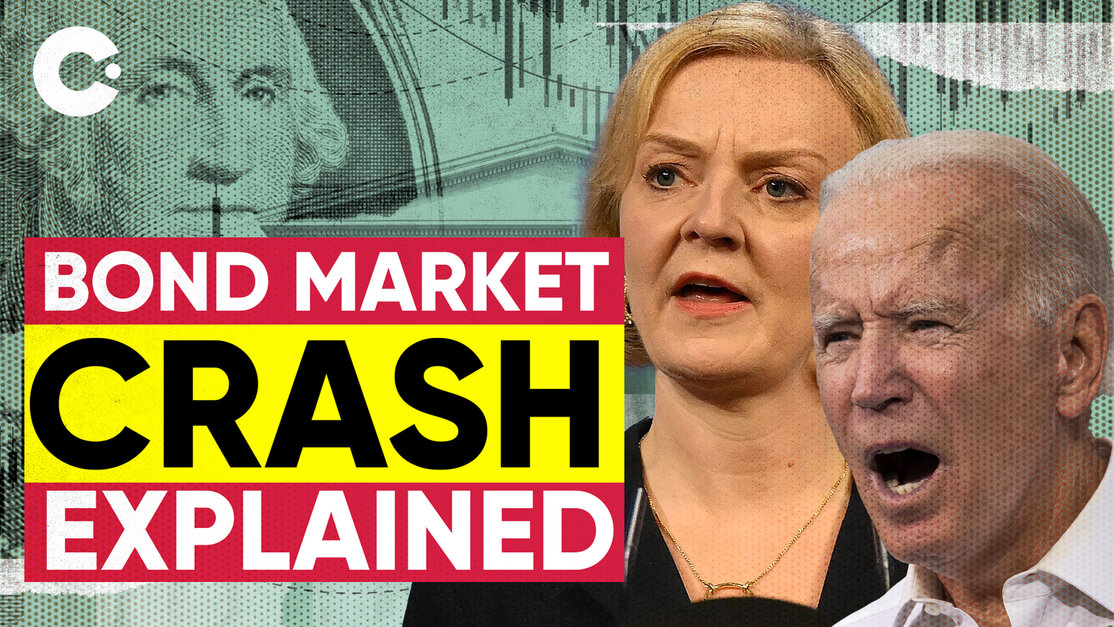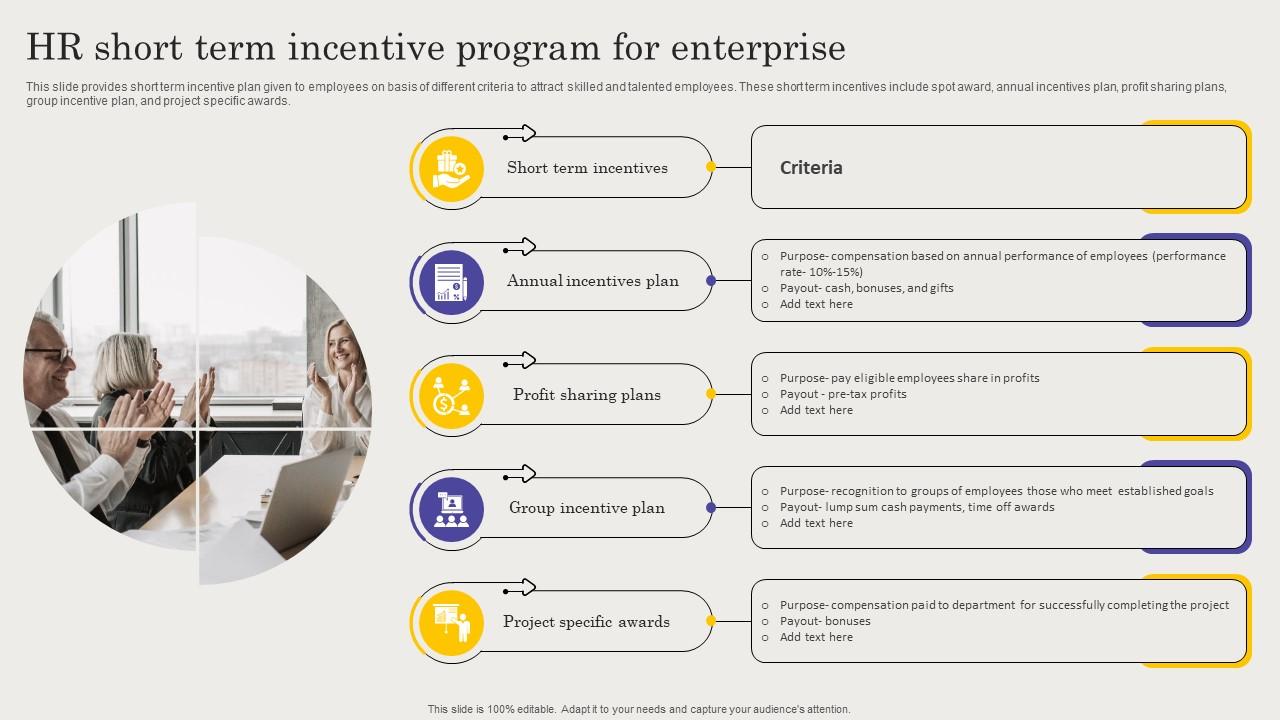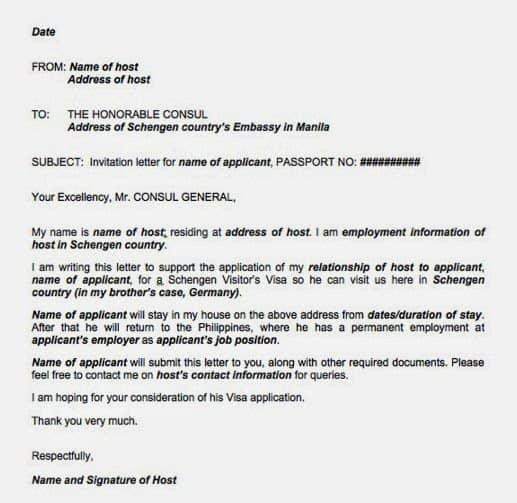Is A Bond Market Crisis Brewing? Understanding The Risks

Table of Contents
Rising Interest Rates and Their Impact on Bond Prices
The relationship between interest rates and bond prices is inversely proportional. This means that as interest rates rise, bond prices generally fall, and vice versa. This is because newly issued bonds offer higher yields, making existing bonds with lower coupon rates less attractive to investors. The impact of rising interest rates on existing bond portfolios can be significant.
- Increased borrowing costs for governments and corporations: Higher interest rates increase the cost of borrowing for governments and corporations, potentially impacting their ability to service their debt.
- Reduced demand for existing bonds: Investors shift their investments towards newer bonds offering higher yields, reducing demand for older, lower-yielding bonds.
- Potential for capital losses for bondholders: As bond prices fall, bondholders face the risk of capital losses if they need to sell their bonds before maturity. This interest rate risk is a primary concern for bond investors. Understanding the yield curve, which illustrates the relationship between interest rates and maturities, is critical to navigating this risk. A steepening yield curve often signals rising interest rates.
Inflation's Squeeze on Bond Returns
High inflation significantly erodes the real return on bonds. While bonds may offer a fixed income stream, if inflation outpaces the bond yield, the purchasing power of those returns diminishes. This inflation risk is a major concern for investors seeking to preserve their capital.
- Inflation outpacing bond yields: When inflation rises faster than the interest rate on a bond, investors experience a negative real return. This means their investment loses value in terms of purchasing power.
- Negative real returns for investors: Negative real returns can significantly impact long-term investment goals, eroding the value of savings and retirement funds.
- Increased demand for inflation-protected securities: Investors often seek refuge in inflation-protected securities, such as Treasury Inflation-Protected Securities (TIPS), to hedge against inflation risk. These bonds adjust their principal value based on the inflation rate, offering a more stable real return.
Geopolitical Risks and Their Influence on Bond Markets
Global events and political uncertainty can significantly impact bond markets. Unexpected geopolitical developments often trigger volatility as investors seek safe haven assets. The impact can be felt across global bond markets, not just those in the countries directly affected.
- War and conflict: Major geopolitical events like wars and conflicts can cause a flight to safety, driving up demand for government bonds perceived as less risky.
- Political instability: Political uncertainty and instability in key economies can create significant volatility in bond markets.
- Trade disputes: Trade wars and protectionist policies can disrupt global supply chains and negatively impact economic growth, leading to uncertainty in bond markets. Sovereign debt, particularly in countries facing political turmoil, becomes particularly susceptible to risk.
Assessing the Likelihood of a Bond Market Crisis
Predicting a bond market crisis with certainty is impossible. However, analyzing current market conditions and key economic indicators helps assess the probability. Stress testing the financial system, examining the impact of rising interest rates on various sectors, and considering expert opinions and forecasts provide valuable insights.
- Stress testing of the financial system: Regulators conduct stress tests to assess the resilience of the financial system under various scenarios, including a potential bond market crisis.
- Analysis of key economic indicators: Monitoring inflation rates, interest rate movements, economic growth figures, and unemployment rates provides clues about the overall economic health and the potential for a crisis.
- Expert opinions and forecasts: Consulting financial analysts and economists who specialize in bond markets helps gauge the overall sentiment and expectations regarding the likelihood of a bond market crisis. The bond market outlook is constantly evolving based on these factors.
Diversification Strategies to Mitigate Bond Market Risks
Protecting investment portfolios from bond market volatility requires a proactive approach. Diversification is a crucial strategy for managing risk.
- Diversification across different asset classes: Spreading investments across various asset classes, such as stocks, real estate, and commodities, can reduce the overall portfolio's sensitivity to bond market fluctuations.
- Investing in short-term bonds: Short-term bonds are generally less sensitive to interest rate changes than long-term bonds, reducing the risk of capital losses.
- Consideration of alternative investments: Explore alternative investments like inflation-linked bonds or other assets with a low correlation to traditional bonds can add further diversification. Careful asset allocation is vital for long-term financial success.
Conclusion: Is a Bond Market Crisis Imminent? Taking Action Now
The potential for a bond market crisis is a serious concern, driven by rising interest rates, persistent inflation, and geopolitical uncertainty. These factors, along with the interconnectedness of global financial markets, highlight the need for proactive risk management. Understanding and mitigating these risks is essential for safeguarding your financial future. Don't wait for a bond market crisis to strike. Take proactive steps to understand and manage your bond portfolio risks today. Conduct further research, seek professional financial advice tailored to your specific circumstances, and actively manage your bond investments to navigate this challenging environment. Develop a robust bond investment strategy that incorporates diversification and risk management techniques. Proactive bond market crisis prevention is key to long-term financial security.

Featured Posts
-
 Uerduen Uen Gazze Den Kanser Hastasi Cocuklara Sagladigi Tibbi Yardim
May 29, 2025
Uerduen Uen Gazze Den Kanser Hastasi Cocuklara Sagladigi Tibbi Yardim
May 29, 2025 -
 Deschamps Lauds Mbappes Leadership In Frances Penalty Shootout Win Against Croatia
May 29, 2025
Deschamps Lauds Mbappes Leadership In Frances Penalty Shootout Win Against Croatia
May 29, 2025 -
 Before Breaking Bad How Bryan Cranstons The X Files Episode Showcased His Talent
May 29, 2025
Before Breaking Bad How Bryan Cranstons The X Files Episode Showcased His Talent
May 29, 2025 -
 Starboard Strengthens Its Relationship With Tui Cruises
May 29, 2025
Starboard Strengthens Its Relationship With Tui Cruises
May 29, 2025 -
 Rayquaza Ex Arrives In Pokemon Tcg Pockets 6 Month Anniversary Event
May 29, 2025
Rayquaza Ex Arrives In Pokemon Tcg Pockets 6 Month Anniversary Event
May 29, 2025
Latest Posts
-
 Find Your New Home Two Week Free Accommodation Offer In A German City
May 31, 2025
Find Your New Home Two Week Free Accommodation Offer In A German City
May 31, 2025 -
 Incentive Program German City Offers Free Two Week Stay For Potential Residents
May 31, 2025
Incentive Program German City Offers Free Two Week Stay For Potential Residents
May 31, 2025 -
 Two Weeks Free Accommodation German Citys Incentive For New Residents
May 31, 2025
Two Weeks Free Accommodation German Citys Incentive For New Residents
May 31, 2025 -
 German City Offers Free Two Week Stay To Attract New Residents
May 31, 2025
German City Offers Free Two Week Stay To Attract New Residents
May 31, 2025 -
 Update Former Nypd Commissioner Keriks Hospitalization And Expected Recovery
May 31, 2025
Update Former Nypd Commissioner Keriks Hospitalization And Expected Recovery
May 31, 2025
